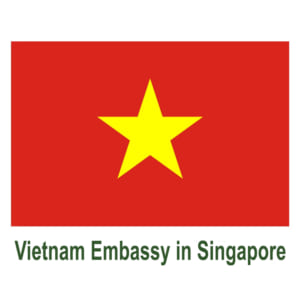
Applying for a Vietnam Visa from the USA: A Step-by-Step Guide
Traveling to Vietnam is an exciting prospect, but it’s crucial to understand the visa requirements to ensure a smooth and hassle-free trip. Vietnam, a land of stunning landscapes, rich culture, and friendly people, welcomes visitors from around the world. However, for citizens of the United States, obtaining a visa is necessary for most types of travel. This guide provides a comprehensive breakdown of how to navigate the Vietnam visa application process from the USA.
Applying for a Vietnam Visa from the USA

Different Types of Visas Available for US Citizens Traveling to Vietnam
When it comes to obtaining a Vietnam visa from the USA, there are several options available to US citizens. The most common types of visas are:
- Tourist Visa: This is the most popular visa for US citizens visiting Vietnam for leisure or sightseeing purposes. It allows for a stay of up to 30 days in the country.
- Business Visa: This visa is for US citizens traveling to Vietnam for business-related activities, such as attending meetings, conferences, or signing contracts.
- Work Visa: If you plan to work or volunteer in Vietnam, you will need to apply for a work visa. This type of visa is typically valid for a longer duration, such as 3 or 12 months.
- Student Visa: US citizens studying or attending educational programs in Vietnam will need to apply for a student visa.
- Visa Exemption: Under certain conditions, US citizens may be eligible for a visa exemption, allowing them to enter Vietnam without a visa for a short stay of up to 30 days.
It’s important to carefully review the specific requirements and eligibility criteria for each type of visa to ensure that you apply for the appropriate one.
Steps to Apply for a Vietnam Visa from the USA
The process of applying for a Vietnam visa from the USA can be summarized in the following steps:
- Determine the Type of Visa: Identify the appropriate visa category based on the purpose and duration of your trip to Vietnam.
- Complete the Visa Application Form: Fill out the online visa application form accurately, providing all the required personal and travel details.
- Gather Supporting Documents: Collect the necessary documents, such as a valid passport, passport-sized photographs, and any additional documentation required for the specific visa type.
- Submit the Application: Submit the completed visa application form and supporting documents to the authorized visa processing service or the nearest Vietnamese embassy or consulate.
- Pay the Visa Fee: Pay the applicable visa fee, which can be done online or through other payment methods.
- Wait for Visa Processing: Allow sufficient time for the visa processing, as the duration can vary depending on the type of visa and the volume of applications.
- Receive the Visa: Once your visa application is approved, you will receive a visa approval letter or a stamped visa in your passport, depending on the visa type.
It’s recommended to apply for your Vietnam visa well in advance, as the processing time can take several weeks, especially during peak travel seasons.
Processing Time and Fees Associated with Obtaining a Vietnam Visa
The processing time and fees for a Vietnam visa can vary depending on the visa type, the specific service provider, and the urgency of the application.
Processing Time:
- Regular visa application: 5-10 business days
- Expedited visa application: 1-3 business days (additional fees may apply)
- Urgent visa application: 1-2 business days (higher fees are charged)
Visa Fees:
- Tourist Visa: $25-$50 (single-entry) or $50-$100 (multiple-entry)
- Business Visa: $50-$100 (single-entry) or $100-$200 (multiple-entry)
- Work Visa: $50-$150 (depending on the duration)
- Student Visa: $25-$50
It’s important to note that these fees and processing times are subject to change, so it’s recommended to check the current information with the authorized visa processing service or the Vietnamese embassy/consulate.
Understanding the Vietnam Visa Application Process
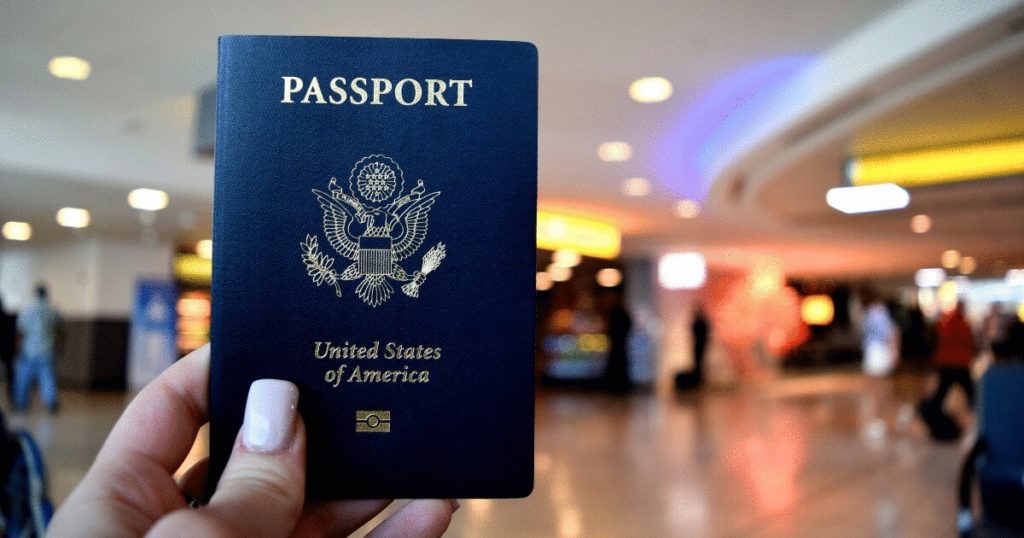
Completing the Online Visa Application Form
The first step in the Vietnam visa application process is to fill out the online visa application form. This form can be found on the website of the Vietnamese government or authorized visa service providers. The application form will typically require the following information:
- Personal details: Full name, date of birth, gender, nationality, passport information, etc.
- Travel details: Purpose of the trip, planned dates of arrival and departure, accommodation information, etc.
- Contact information: Mailing address, phone number, email address, etc.
It’s crucial to ensure that all the information provided in the application form is accurate and matches the details in your passport. Any discrepancies or errors can lead to delays or even the rejection of your visa application.
Providing Necessary Documentation for the Visa Application
In addition to the completed visa application form, you will need to submit the following supporting documents:
- Valid Passport: Your passport must be valid for at least 6 months beyond the planned date of entry into Vietnam.
- Passport-Sized Photographs: You will need to provide one or more passport-sized photographs, depending on the visa type.
- Proof of Accommodation: This can be in the form of a hotel booking, a letter of invitation from a host in Vietnam, or a homestay reservation.
- Proof of Financial Capacity: You may be required to provide bank statements or other financial documents to demonstrate your ability to cover the expenses during your stay in Vietnam.
- Travel Itinerary: If you have a pre-planned itinerary for your trip, you can submit it as additional supporting documentation.
- Visa Application Fee: The applicable visa fee must be paid either online or through another approved payment method.
It’s essential to ensure that all the required documents are prepared and submitted correctly to avoid any delays or complications in the visa application process.
Submitting the Visa Application Through the Official Channels
Once you have completed the visa application form and gathered the necessary supporting documents, you can submit your visa application through one of the following channels:
- Vietnamese Embassy or Consulate: You can submit your visa application directly to the Vietnamese embassy or consulate nearest to your location in the USA.
- Authorized Visa Service Provider: There are various authorized visa service providers that can assist you with the visa application process, including online platforms and travel agencies.
- Visa on Arrival: In some cases, you may be able to apply for a visa upon arrival at a Vietnamese international airport. However, this option is not available for all nationalities and may require additional steps.
When submitting your visa application, be sure to follow the specific instructions and requirements of the chosen submission channel. This may include providing the application materials in person, sending them by mail, or uploading them through an online platform.
Vietnam Visa Approval Letter
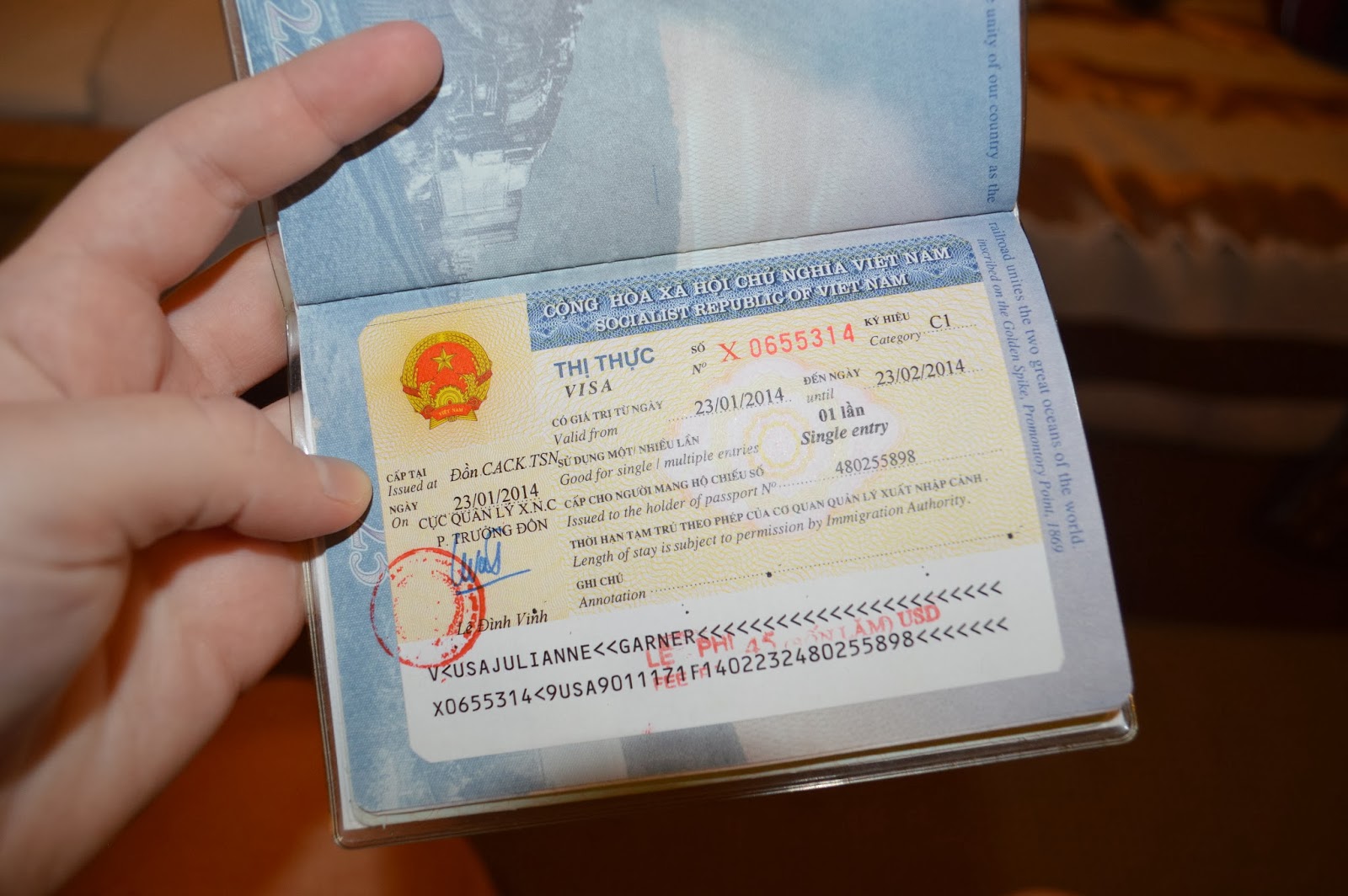
What is a Vietnam Visa Approval Letter?
A Vietnam Visa Approval Letter, also known as a Vietnam e-Visa or Visa Approval Letter, is a document issued by the Vietnamese government that confirms the approval of your visa application. This letter serves as a crucial part of the visa application process, as it is required to obtain a physical visa upon arrival in Vietnam.
How to Obtain a Visa Approval Letter for Traveling to Vietnam
To obtain a Vietnam Visa Approval Letter, you will need to follow these steps:
- Submit the Visa Application: Complete the online visa application form and submit it, along with the required supporting documents, to the authorized visa processing service or the Vietnamese embassy/consulate.
- Receive the Visa Approval Letter: Once your visa application is approved, you will receive the Vietnam Visa Approval Letter via email or through the online platform where you submitted your application.
- Print the Approval Letter: It’s important to print out a copy of the Visa Approval Letter, as you will need to present it at the immigration checkpoint upon arrival in Vietnam.
Importance of the Visa Approval Letter in the Visa Application Process
The Vietnam Visa Approval Letter plays a crucial role in the visa application process for several reasons:
- Proof of Visa Approval: The approval letter serves as evidence that your visa application has been approved by the Vietnamese authorities, allowing you to proceed with your travel plans.
- Expedited Immigration Process: Presenting the Visa Approval Letter at the immigration checkpoint in Vietnam can help to streamline the entry process, as it eliminates the need to wait for a visa to be issued upon arrival.
- Reduced Risk of Complications: Having the Visa Approval Letter in hand reduces the risk of encountering issues or delays at the Vietnamese airport, as it demonstrates that you have already obtained the necessary visa authorization.
Arriving in Vietnam with a Visa from the USA
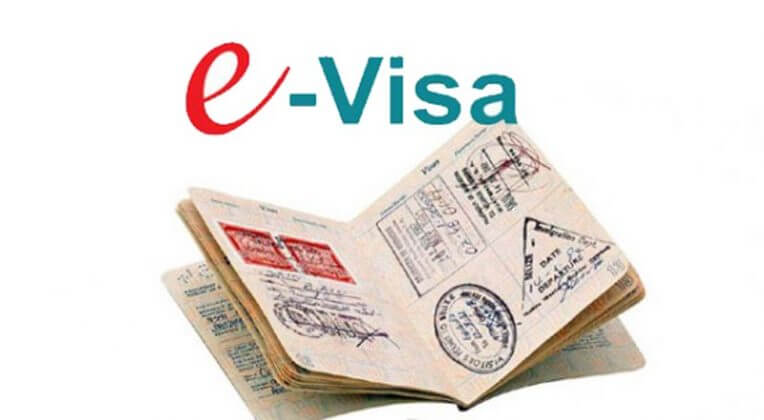
Presenting Your Visa Approval Letter Upon Arrival in Vietnam
When you arrive at the Vietnamese international airport, you will need to present your Visa Approval Letter, along with your passport, to the immigration officials. They will then issue your physical visa, either by stamping it directly into your passport or by providing a separate visa sticker.
Going Through the Immigration Process at the Vietnamese Airport
The immigration process at the Vietnamese airport typically involves the following steps:
- Passport Control: Present your passport and Visa Approval Letter to the immigration officer, who will verify your documents and information.
- Biometric Screening: You may be required to undergo biometric screening, such as fingerprinting or facial recognition, as part of the immigration process.
- Visa Issuance: The immigration officer will issue your physical visa, either by stamping it directly into your passport or by providing a separate visa sticker.
- Entry Stamp: After the visa is issued, the immigration officer will stamp your passport with an entry stamp, indicating the date of your arrival in Vietnam.
It’s important to be prepared with all the necessary documents and to follow the instructions provided by the immigration officials to ensure a smooth entry into Vietnam.
Duration of Stay Allowed with a Vietnam Visa for US Citizens
The duration of your stay in Vietnam will depend on the type of visa you have obtained:
- Tourist Visa: Typically allows for a stay of up to 30 days in Vietnam.
- Business Visa: Can be issued for a stay of up to 30 days or up to 1 year, depending on the visa type.
- Work Visa: Allows for a stay of up to 1 year, with the possibility of extension.
- Student Visa: Permits a stay for the duration of the educational program, typically up to 1 year.
It’s essential to be aware of the expiration date of your visa and to ensure that you do not overstay the allowed duration, as this can result in fines or other penalties.
Extending or Renewing a Vietnam Visa
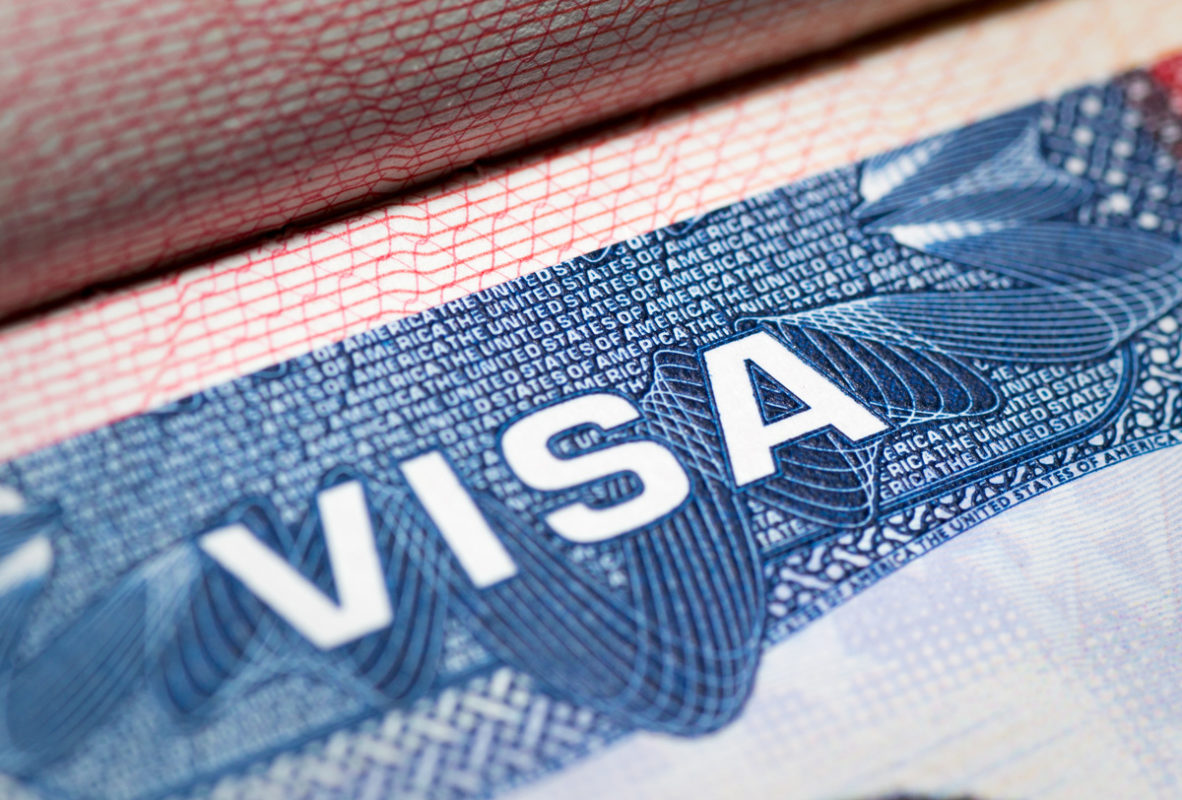
Procedures for Extending a Vietnam Visa While in Vietnam
If you need to extend your stay in Vietnam beyond the initial duration of your visa, you can apply for a visa extension while in the country. The process typically involves the following steps:
- Submit the Extension Application: You will need to submit a visa extension application, along with supporting documents, to the Vietnamese Immigration Department or an authorized visa service provider.
- Pay the Extension Fee: You will be required to pay the applicable visa extension fee, which can vary depending on the duration of the extension.
- Wait for Approval: The visa extension application will be processed, and if approved, you will receive a new visa or a stamp in your passport extending the duration of your stay.
It’s important to note that the availability and requirements for visa extensions may vary, so it’s recommended to check with the Vietnamese authorities or a reliable visa service provider for the latest information.
Requirements for Renewing a Vietnam Visa for US Citizens
If your current Vietnam visa is about to expire and you need to renew it, you will need to follow a similar process to the initial visa application. The requirements for renewing a Vietnam visa for US citizens typically include:
- Completed visa application form
- Valid passport
- Passport-sized photographs
- Proof of accommodation and travel plans
- Visa fee payment
- Submission of the application through an authorized channel (embassy, consulate, or visa service provider)
The processing time and fees for visa renewals may differ from the initial visa application, so it’s essential to check with the relevant authorities or service providers for the latest information.
Fees and Processing Time for Visa Extensions or Renewals
The fees and processing time for extending or renewing a Vietnam visa can vary, but generally, you can expect the following:
Visa Extension Fees:
- Single-entry visa extension: $25-$50
- Multiple-entry visa extension: $50-$100
Visa Renewal Fees:
- Tourist Visa renewal: $25-$50 (single-entry) or $50-$100 (multiple-entry)
- Business Visa renewal: $50-$100 (single-entry) or $100-$200 (multiple-entry)
Processing Time:
- Visa extension: 3-5 business days
- Visa renewal: 5-10 business days
It’s important to note that these estimates are subject to change, so it’s recommended to check with the Vietnamese authorities or a reliable visa service provider for the most up-to-date information.
Vietnam Visa Exemptions for US Citizens
Countries that are Exempt from Obtaining a Visa for Short Stays in Vietnam
While most US citizens require a visa to enter Vietnam, there are some exceptions where a visa is not required for short-term stays. These include:
- Vietnam Visa Waiver Program: US citizens may be eligible for a visa waiver, which allows for a stay of up to 30 days in Vietnam without a visa. This program is subject to certain conditions and may be subject to change, so it’s essential to verify the current requirements.
- ASEAN Visa Exemption: Citizens of ASEAN (Association of Southeast Asian Nations) countries, including the USA, may be eligible for a visa exemption for stays of up to 30 days in Vietnam.
Conditions for Visa Exemptions for US Citizens Visiting Vietnam
To be eligible for a visa exemption, US citizens must meet the following conditions:
- Purpose of Visit: The visa exemption is typically limited to tourism or business-related activities. It does not apply to other purposes, such as work or study.
- Duration of Stay: The visa exemption allows for a stay of up to 30 consecutive days in Vietnam.
- Valid Passport: Your passport must be valid for at least 6 months beyond the planned date of entry into Vietnam.
- No Extensions: Visa exemptions cannot be extended or renewed within Vietnam. If you need to stay longer, you will need to apply for a Vietnam visa.
How Long Can US Citizens Stay in Vietnam Without a Visa?
Under the visa exemption programs, US citizens can stay in Vietnam without a visa for a maximum of 30 consecutive days. This duration is calculated from the date of entry into Vietnam until the date of departure.
It’s important to note that the visa exemption rules and conditions are subject to change, so it’s recommended to check with the Vietnamese authorities or a reliable visa service provider for the most up-to-date information before your trip.
Notes
Double-Check All Information Provided in the Visa Application Form for Accuracy
Ensuring the accuracy of the information provided in the Vietnam visa application form is crucial. Any discrepancies or errors can lead to delays or even the rejection of your visa application. Double-check all the details, such as your personal information, travel plans, and supporting documents, to avoid any issues.
Keep a Copy of Your Visa Approval Letter with You During Your Travels
During your trip to Vietnam, it’s essential to keep a copy of your Vietnam Visa Approval Letter with you at all times. This document will be required when you arrive at the Vietnamese airport and may also be requested by various service providers, such as hotels or tour operators, throughout your stay.
Contact the Nearest Vietnamese Embassy or Consulate for Any Visa-Related Queries
If you have any questions or concerns regarding the Vietnam visa application process, it’s recommended to contact the nearest Vietnamese embassy or consulate. They can provide you with the most up-to-date information and guidance on the visa requirements, application procedures, and any other visa-related matters.
Mistakes to Avoid
Waiting Until the Last Minute to Apply for a Vietnam Visa
One of the most common mistakes when applying for a Vietnam visa from the USA is waiting until the last minute. The visa application process can take several weeks, especially during peak travel seasons. Applying well in advance, ideally a few months before your planned trip, will ensure that your visa is processed in a timely manner and that you avoid any unnecessary stress or complications.
Providing Incomplete or Incorrect Information in the Visa Application Form
Carefully reviewing the information provided in the Vietnam visa application form is crucial. Any inaccuracies or missing details can lead to delays or the rejection of your visa application. Double-check all the information, including your personal details, travel plans, and supporting documents, to ensure that everything is complete and correct.
Overstaying the Duration Allowed on Your Vietnam Visa
It’s essential to be aware of the expiration date of your Vietnam visa and to ensure that you do not overstay the allowed duration of your stay. Overstaying can result in fines, penalties, or even legal consequences, which can significantly disrupt your travel plans. Plan your trip accordingly and be mindful of the visa’s validity.
Frequently Asked Questions
Can I Apply for a Vietnam VisaUpon Arrival in Vietnam?
Yes, US citizens have the option to apply for a Vietnam visa upon arrival at certain designated entry points in Vietnam. This process is known as a Visa on Arrival (VOA) and involves obtaining a pre-approved visa letter online before traveling to Vietnam. Here’s how the VOA process typically works:
- Online Application: Before your trip, you can apply for a visa approval letter through a reputable travel agency or visa service provider. You will need to provide your personal information, travel details, and passport information.
- Visa Approval Letter: Once your application is processed and approved, you will receive a visa approval letter via email. This letter is essential for obtaining your visa upon arrival in Vietnam.
- Arrival in Vietnam: When you arrive at one of the designated international airports in Vietnam, present your visa approval letter, along with your passport, two passport-sized photos, and the visa stamping fee (in cash). The immigration officers will then issue your visa on the spot.
- Immigration Process: After receiving your visa at the airport, proceed to the immigration counter to have your passport stamped. Make sure to double-check all the details on your visa for accuracy.
It’s important to note that not all entry points in Vietnam offer Visa on Arrival services, so it’s recommended to confirm eligibility and requirements before choosing this option for your travel plans.
Is It Possible to Expedite the Processing of a Vietnam Visa for Urgent Travel Plans?
While the standard processing time for a Vietnam visa application is typically 5-7 business days, there are options available to expedite the process for urgent travel plans. Some visa service providers offer rush processing services for an additional fee, which can significantly reduce the processing time. Here are some ways to expedite the processing of your Vietnam visa:
- Express Processing: Opt for express or rush processing when submitting your visa application. This option usually shortens the processing time to 2-3 business days.
- Priority Service: Some visa service providers offer priority services for urgent cases, ensuring that your application is given immediate attention and processed quickly.
- Personal Assistance: Consider seeking personalized assistance from a visa agency that specializes in expedited visa processing. They can guide you through the process and help fast-track your application.
It’s essential to communicate your urgency clearly when applying for an expedited Vietnam visa to ensure that your request is prioritized accordingly.
What Should I Do If My Vietnam Visa Application Is Denied?
If your Vietnam visa application is denied, it’s crucial to understand the reasons for the rejection and explore potential solutions. Here are some steps you can take if your visa application is denied:
- Review the Rejection Notice: Carefully review the notification provided by the Vietnamese authorities or the visa processing center to understand the specific reasons for the denial.
- Correct Errors or Provide Additional Information: If the rejection was due to errors or missing information in your application, consider correcting the mistakes and resubmitting the application with the required documentation.
- Seek Professional Assistance: If you’re unsure about the reason for the denial or need guidance on reapplying, consider seeking help from a visa service provider or contacting the nearest Vietnamese embassy or consulate for clarification.
- Consider Alternative Options: Depending on your travel circumstances, you may explore alternative visa types or entry options that could be more suitable for your situation.
Remember that each visa application is unique, and a denial does not necessarily mean the end of your travel plans. By addressing the issues that led to the rejection and seeking appropriate guidance, you may still have the opportunity to obtain a Vietnam visa for your trip.
Conclusion
Navigating the Vietnam visa application process as a US citizen requires understanding the different visa types, application procedures, and requirements involved. By familiarizing yourself with the steps outlined in this guide, you can streamline the process of obtaining a Vietnam visa and ensure a smooth entry into the country.
From applying for a visa from the USA to understanding the importance of a visa approval letter, arriving in Vietnam, and exploring options for extensions or renewals, each aspect of the visa process plays a crucial role in facilitating your travel experience.
Whether you choose to apply for a visa in advance, opt for a Visa on Arrival, or qualify for a visa exemption, being well-informed and prepared will enhance your journey to Vietnam. Remember to avoid common mistakes, stay updated on visa regulations, and seek assistance when needed to make your travel to Vietnam a seamless and enjoyable experience.

